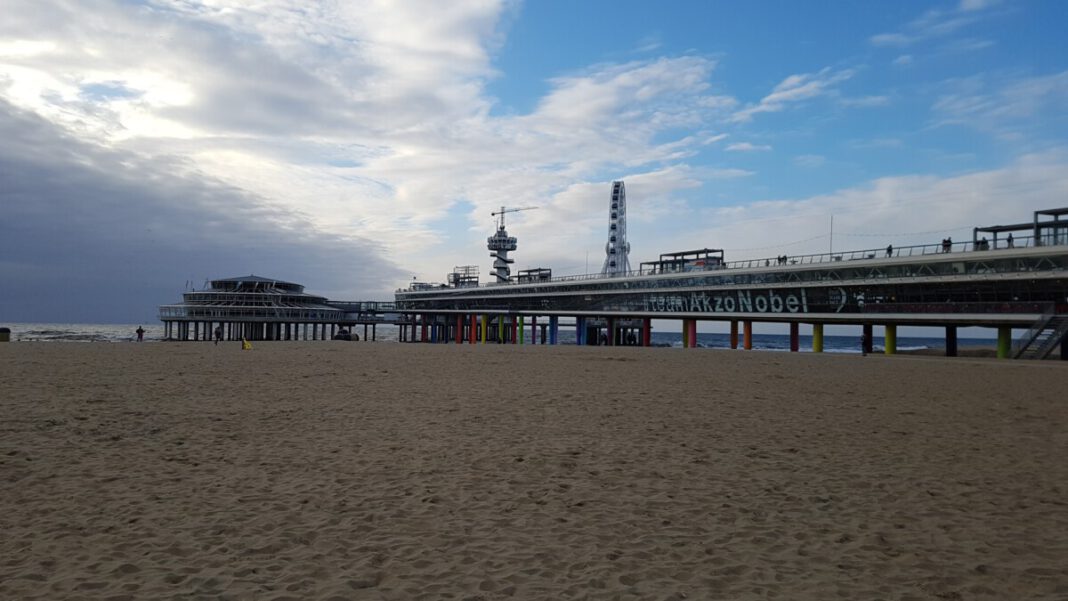Yesterday, the body of the fifth surfer who died at Scheveningen on May 11 was recovered from the sea. An investigation from the Royal Netherlands Institute for Sea Research (NIOZ) has shown that the conditions that day were exceptional.
On 11 May, five surfers died during exceptional weather conditions while surfing at Scheveningen. Two bodies were taken out of the water the same day, and two more the following day. It has taken until yesterday to locate the fifth.
As of today, the NIOZ has released the results of its investigation into the weather conditions that day. It does not attempt to explain why the surfers died, merely to explain why the weather conditions were so bad that day.
Onderzoek: grote hoeveelheid algenschuim en harde winde werd surfers fataal (beelden van later die week) #scheveningen pic.twitter.com/obkHgfR6Is
— John van der Tol (@johnvandertol) June 5, 2020
What caused the foam?
The main factor was the unusual level of algae in the water that day. Combined with high winds and a strong current, a meter thick layer of foam was created on top of the sea. The layer was created by Phaeocystis globosa: an alga that blooms at this time of the year. It releases protein, which foams up like milk for coffee if there is wind and a strong current.
According to Pat Smith, night mayor of The Hague, who is a surfer and an acquaintance of the victims, foam by itself is not usually a problem for experienced surfers.
“The elements turned against them, because the wind direction changed very quickly.” He called the accident “bad luck”. Experienced surfer Chris Way described surfing foam as “a kind of maze without an exit.”
Feature Image: Abuzer Van Leeuwen/Supplied


